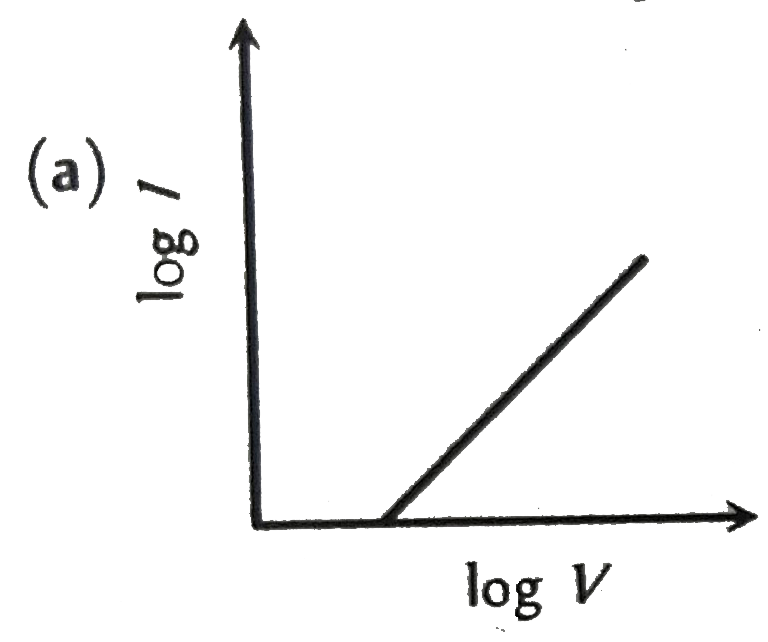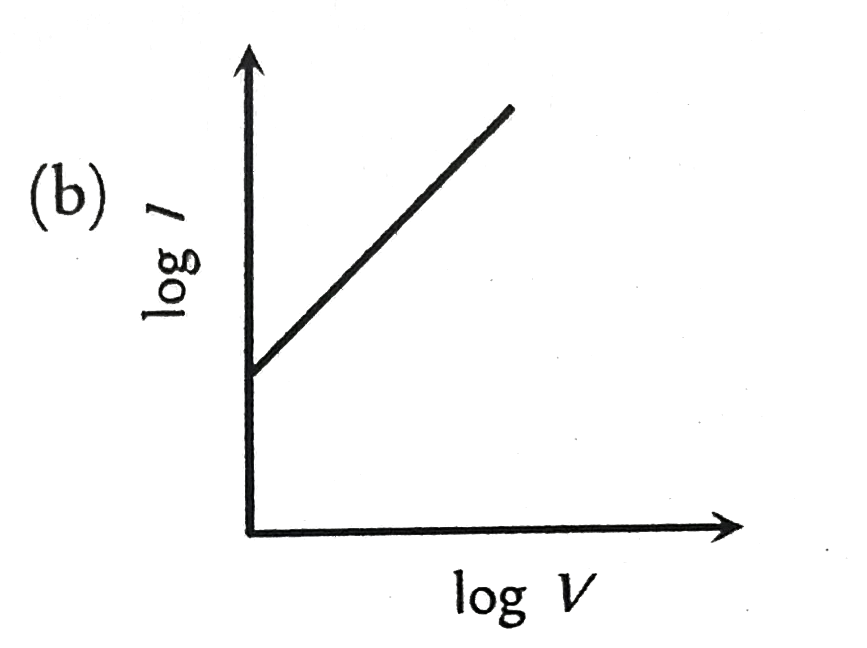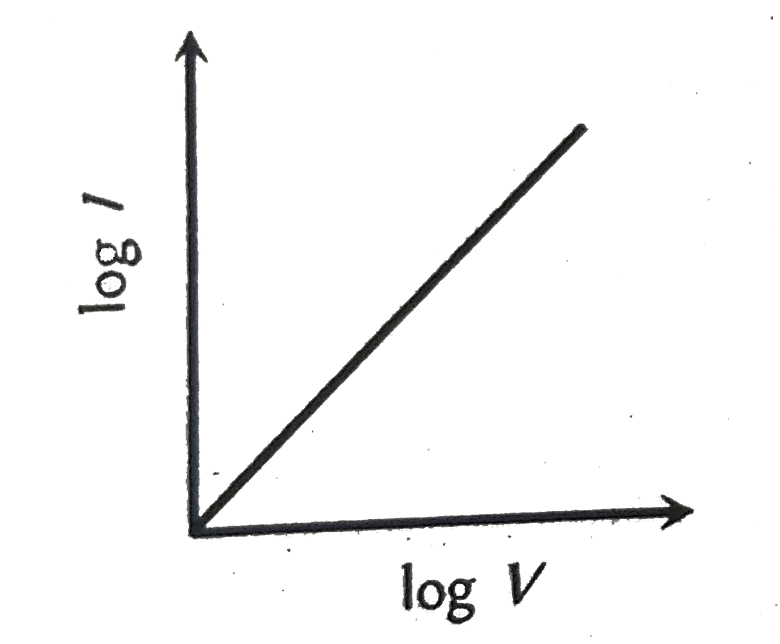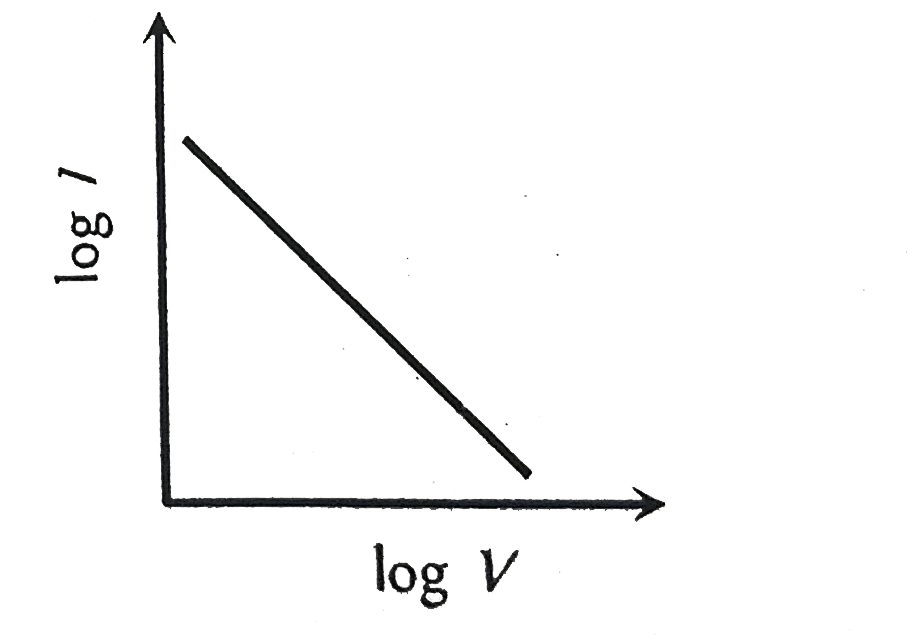When a current I is passed through a wire of constant resistance, it produces a potential difference V across its ends. The graph drawn between log I and log V will be




The correct Answer is:A
Step by step video, text & image solution for When a current I is passed through a wire of constant resistance, it produces a potential difference V across its ends. The graph drawn between log I and log V will be by Physics experts to help you in doubts & scoring excellent marks in Class 12 exams.
Topper's Solved these Questions
- BOOK - ERRORLESS CHAPTER - CURRENT ELECTRICITYEXERCISE - Kirchhoff s Law, cells8videos
CURRENT ELECTRICITY
- BOOK - ERRORLESS CHAPTER - CURRENT ELECTRICITYEXERCISE - Different Measuring Instruments1videos
CURRENT ELECTRICITY
- BOOK - ERRORLESS CHAPTER - COMMUNICATION SYSTEMEXERCISE - S E T14videos
COMMUNICATION SYSTEM
- BOOK - ERRORLESS CHAPTER - ELECTRO MAGNETIC INDUCTIONEXERCISE - SET20videos
ELECTRO MAGNETIC INDUCTION
Similar Questions
Knowledge Check
- Question 1 - Select One
How much current is flowing through a 1kΩ resistor when a potential difference of 2 V is applied across its end ?
A2μAB2mAC2AD1A - Question 2 - Select One or More
When a potential difference is applied across, the current passing through
Aan insulator at 0 K is zeroBa semiconductor at 0 K is zeroCa metal at 0 K is finiteDa p-n diode at 300K is finite, if it is reverse biased - Question 3 - Select One
When a current of (5±0.5) A flows through a wire, it developes a potential difference of (40±1)V. The resistance of wire is
A(8±1)ΩB(8±1.6)ΩC(8±1.5)ΩD(8±3)Ω
How much current flows through a 2kΩ resistor when a potential difference of 4V is applied across its ends?
View SolutionHow much current is flowing throught a 1kΩ rsistor when a potential difference of 2V is applied across its end ?
View SolutionWhen a current of 0.5A is passed through two resistance in series, the potential difference between the ends of the series arrangement is 12.5V .On connecting them in parallel and passing the current of 1.5A, the potential difference between their ends is 6 V, calculate the two resistances.
View SolutionWhen a current of 0.5 A is passed through two resistances in series, the potential difference between the ends of the series arrangement is 12.5 V. On connecting them in parallel and passing a current of 1.5 A, the potential difference between their ends is 6 V. Calculate the two resistances.
View SolutionIf a charge of 720 C passes through a wire of resistance 5 ohms in one minute then the potential difference between the ends of a wire is "5x" then "x=?
View Solution

